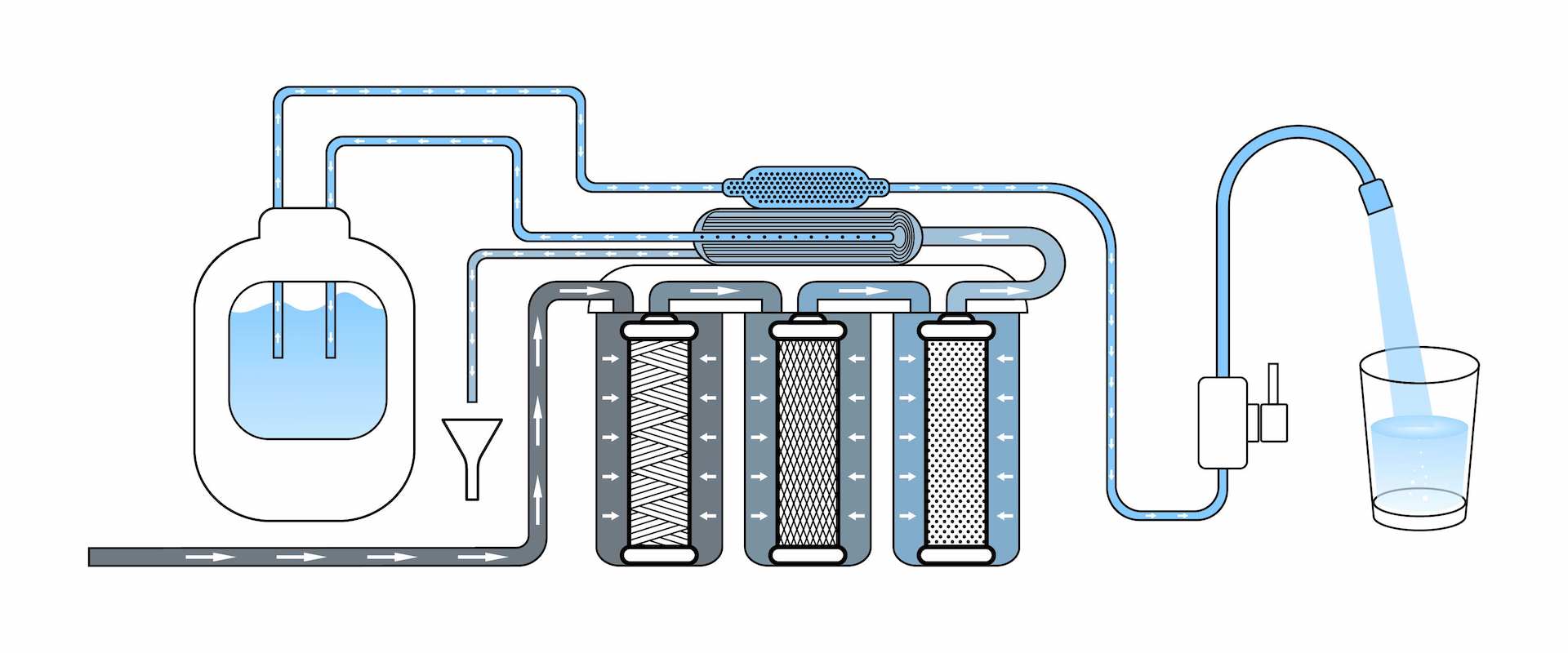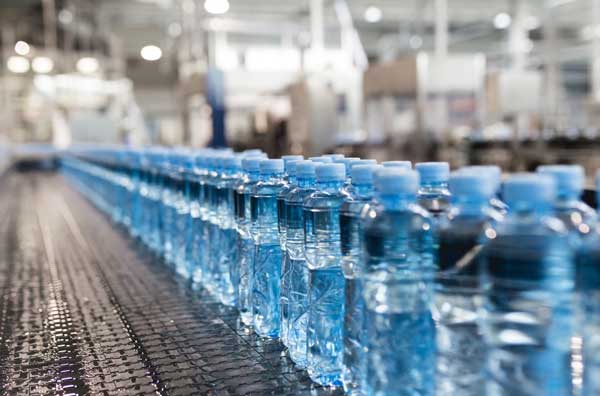What Is Reverse Osmosis Water Purification?
With increasing concerns about the quality of tap water, many households are turning to advanced filtration methods to ensure their drinking water is clean and safe. One of the most effective and widely used solutions is reverse osmosis (RO) water purification. But what exactly is reverse osmosis, and how does it work? Let’s explore the process in simple terms and understand why so many people rely on it for better water quality.
Understanding Reverse Osmosis: The Basics
Reverse osmosis is a highly efficient water purification process that removes impurities and contaminants from water. It works by forcing water through a semi-permeable membrane, which acts as a barrier that blocks unwanted particles, molecules, and substances. The result is clean, filtered water that is safe for drinking and cooking.
Originally developed for industrial and medical applications, reverse osmosis technology has become more accessible and popular for home use. It offers a reliable method for significantly improving the quality of household water.
How Does Reverse Osmosis Work?
The reverse osmosis process involves several stages of filtration to deliver pure water:
1.Pre-Filtration
Before the water reaches the RO membrane, it passes through one or more pre-filters. These filters remove larger particles like sediment, dirt, and chlorine, which can damage the RO membrane if left untreated.
2.Reverse Osmosis Membrane
This is the heart of the system. Under pressure, water is pushed through the semi-permeable membrane. The membrane allows water molecules to pass but blocks contaminants such as heavy metals (lead, mercury), dissolved salts, fluoride, nitrates, and other harmful substances.
3.Post-Filtration (Optional)
After passing through the membrane, some systems include additional filters—like activated carbon filters—that further polish the water, removing any remaining tastes or odours.
4.Storage and Delivery
Once filtered, the purified water is stored in a tank, ready to be dispensed from your tap whenever needed.

What Does Reverse Osmosis Remove?
Reverse osmosis is effective at removing a wide range of contaminants commonly found in tap water, including:
•Heavy metals (lead, mercury, arsenic)
•Chlorine and chloramine
•Fluoride
•Nitrates and sulphates
•Pesticides and herbicides
•Bacteria and some viruses
•Dissolved salts and minerals that affect taste and water quality
This thorough purification process results in water that is not only safer but often tastes better as well.
Benefits of Reverse Osmosis Water Purification
•Improved Water Quality: RO systems provide exceptionally pure drinking water by removing up to 99% of common contaminants.



